From Tokyo to Kyoto: A Foreign Mom Navigates Human Relations In The Old Town
When your life path meets a brick wall, look for a door
In Part I of my journey of moving from Tokyo to Kyoto, I wrote about the initial stages of settling in the old capital. In this Part II, I'm giving you a tip, which I learned the hard way: Making friends in a new town can be tough, but it's even harder in an old one.
I was at a Japanese cultural workshop in Osaka recently when the instructor asked me where I live.
“Kyoto,” I said. And because I’ve lived there long enough to know that that answer carries some weight, with Kyoto’s nearby mountains and rivers in mind, I added, “It’s an easy place to live.”
She let a couple of seconds pass before responding.
“For Japanese people, it’s not an easy place to live.”
I knew what she was talking about. “You mean the interpersonal relationships, right?”
She nodded.
Japan and its ningen kankei. As I’ve watched Japanese friends around me, I’ve seen how navigating human relations in Japan is often a kind of endless shadowboxing fraught with frustration and over examination. Although, as a foreigner, I have generally received an exemption from the complicated rules that are often applied to relationships here, my family’s move to Kyoto about a year ago threw me into the thick of it. What I had learned from 20 years of living and making friends in Tokyo didn’t seem to work so well here.
Getting to know each other
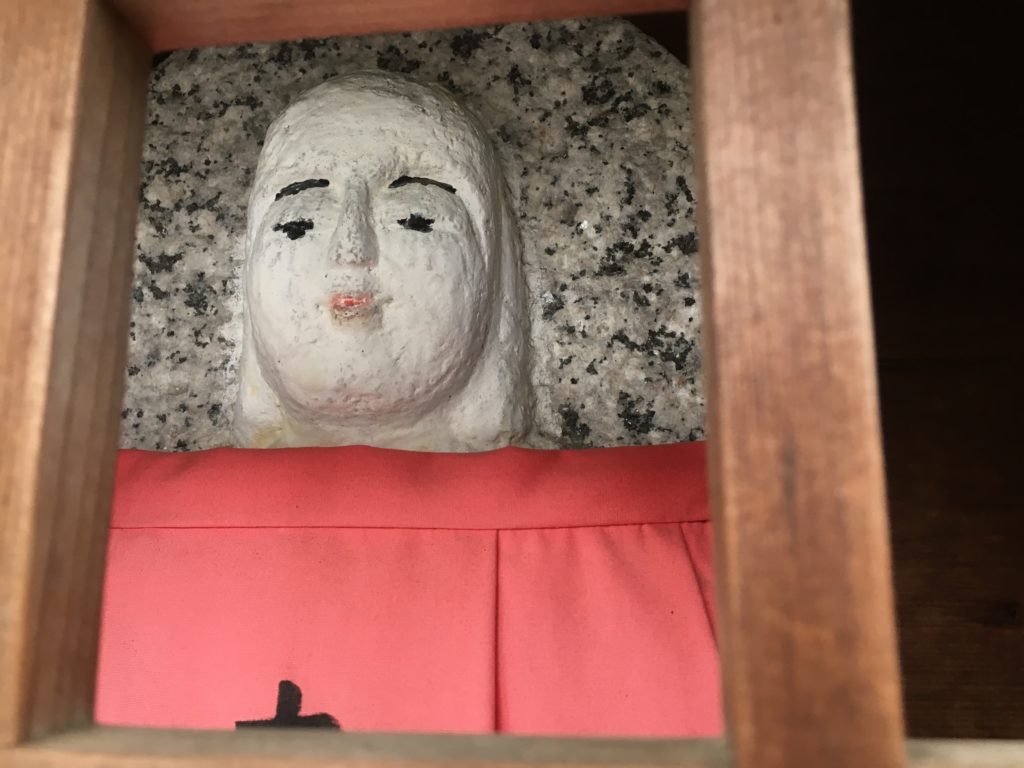
The apartment building we moved into housed two other families with first graders, like my younger daughter. When we met them, both mothers smiled and chatted to us about where we had moved from and how the kids would be at the same local school. Everything seemed great. But, as I met the mothers again, I noticed that while one was always smiley and animated, conversation with the other mom seemed forced. She was animated when she spoke, but as soon as she stopped, her face froze. Maybe she was concentrating as she listened to what I said, but this up-close-and-personal, resting bitch face was disturbing. Had I offended her, but she felt that she had to talk to me anyway?
What I had learned from 20 years of living and making friends in Tokyo didn’t seem to work so well here.
Eventually, I noticed other women do this same stony-faced one-on-one and realized that it was not a personal issue, but just a “thing” that Kyoto-bred women do. It extended a bit further, too. On the odd occasion that I encountered another mother from one of my daughters’ classes out and about the town, while I gave a cheery konnichiwa, in return all I got was a nod.
I consider myself to be a kind and friendly person, and I have trouble understanding why other people can’t be the same. Since I was the newbie in town it was my job to make the effort to get to know other people—I understood that—but I was frustrated and sometimes angry that my attempts were so summarily smacked down.
Making friends
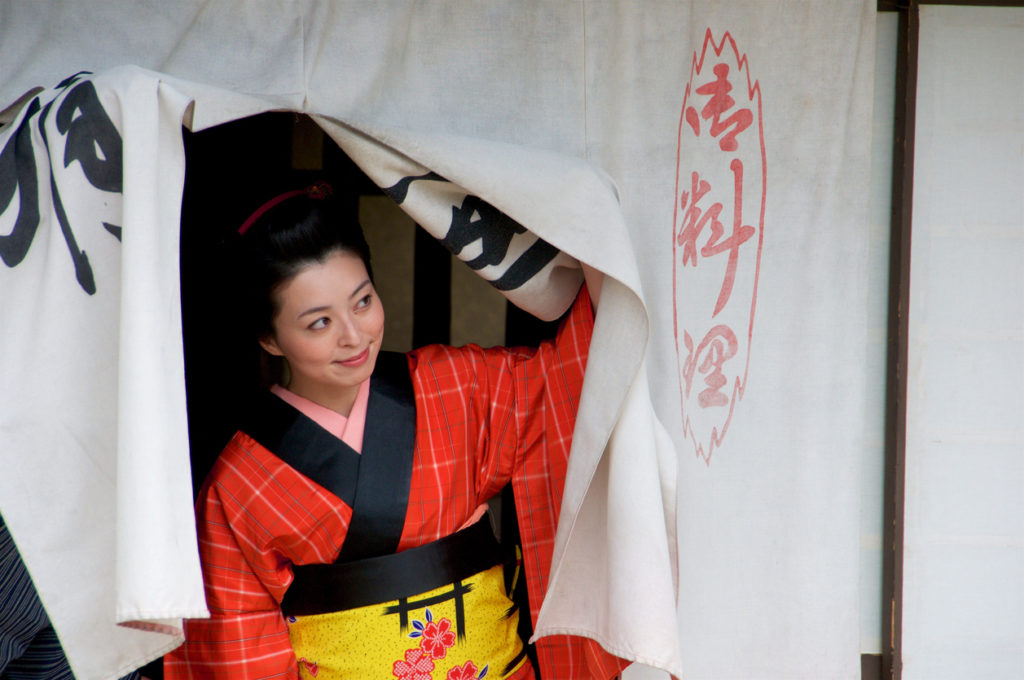
Still, within about a month of our arrival, I made a friend. She was a school mom who grew up in Kyushu. One friend—it was as much as I had dared to hope for.
Luckily, my daughters seemed to fare better. My sixth grader had joined a cozy class of sweet kids. It felt so good being among them that I could barely tear myself away from the classroom on observation days. But, near the end of the school year, my daughter briefly told me that all the other kids have known each other since they were tiny, suggesting that therefore there wasn’t much room available for her to squeeze into within their chain of friendships.
[W]hile I gave a cheery konnichiwa, in return all I got was a nod.
My younger daughter quickly made two friends (she was off to a better start than her mom), and then, a few months later, two besties. Decisions made in haste are often not the best choices, and it seems that that applies to friendships, too.
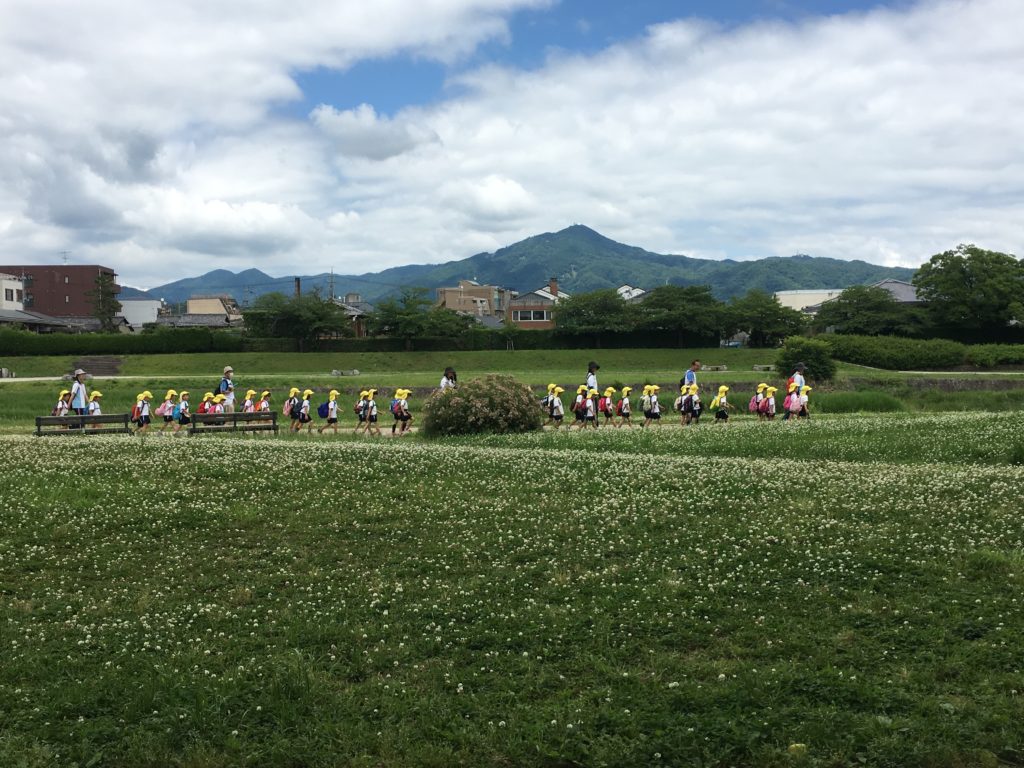
When difficulties involving the first two “friends” came to a head, I asked the school to arrange for my daughter to talk to the school counselor. By the time the counseling session came around, my daughter had decided that she didn’t need it. Although I largely agreed with her, I persuaded her to at least go in and say hello to the counselor. We chatted for a while and the counselor told us that he had spent about half of his life in the Tokyo area and the other half in Kyoto.
“It’s different here,” he said. “Although I can’t say exactly how, it is different here.”
Not only that, within the entire Kyoto city, our neighborhood was apparantly a particularly “difficult area” in terms of human relations, he said.
I felt like I had walked into an ambush.
“The local junior high is not far away, but it’s much easier to navigate,” he said. And he was right. My older daughter is attending that school now, and she has probably never felt so popular. The junior high, located near the edge of town, brings together kids from three different elementary schools and, in doing so, makes relationships there more open, the counselor explained.
Meanwhile, he agreed with my younger daughter that there wasn’t much to worry about in the difficulties she was having with the “friends” and that, although he would check in with her every now and again, that counseling sessions weren’t needed.
As we said our goodbyes, I asked a question, which, in hindsight, I can see was the reason I had asked for the session in the first place.
“So, we just have to go along with how people are here?”
It was the question, not the answer, that hit me. I had always thought of myself as a good traveler—as someone who accepts a new town or country as it is, rather than how I think it should be. I wondered how I had managed to forget such a fundamental principle.
The counselor’s answer was, “Yes. And create a little space between you and them.”
Stepping out
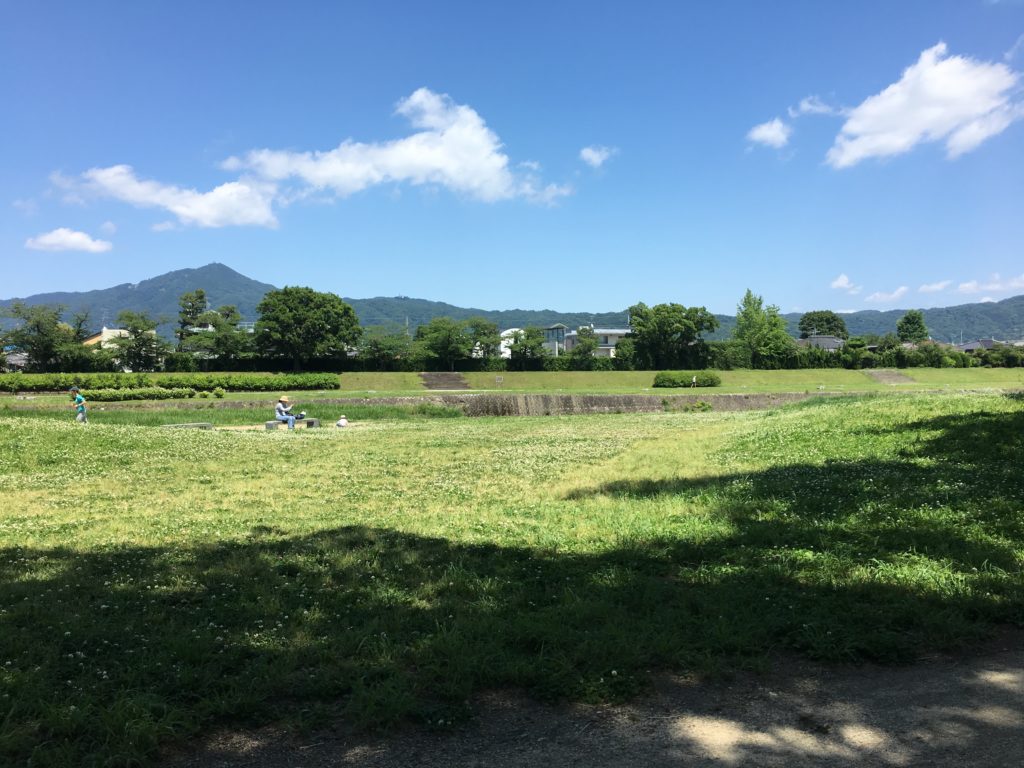
It’s only now, as I write this, that I’ve realized that my version of “going along with” the way many women in my neighborhood act, is to leave them to it. I now hold no expectations toward the stony-faced moms around me. I’ve stepped out of those “inhuman relationships.”
Once a week, I go down to the Kamo River and I watch my younger daughter’s soccer lesson at the sports ground beside the river. Beyond the grassy riverbanks, the mountains line the horizon. It’s Kyoto, just being itself—without the pomp and ceremony—and it’s beautiful. About four other soccer moms usually also come to watch. They are beautiful, too. Only two of them are Kyoto-bred, and none of them is from our immediate neighborhood.
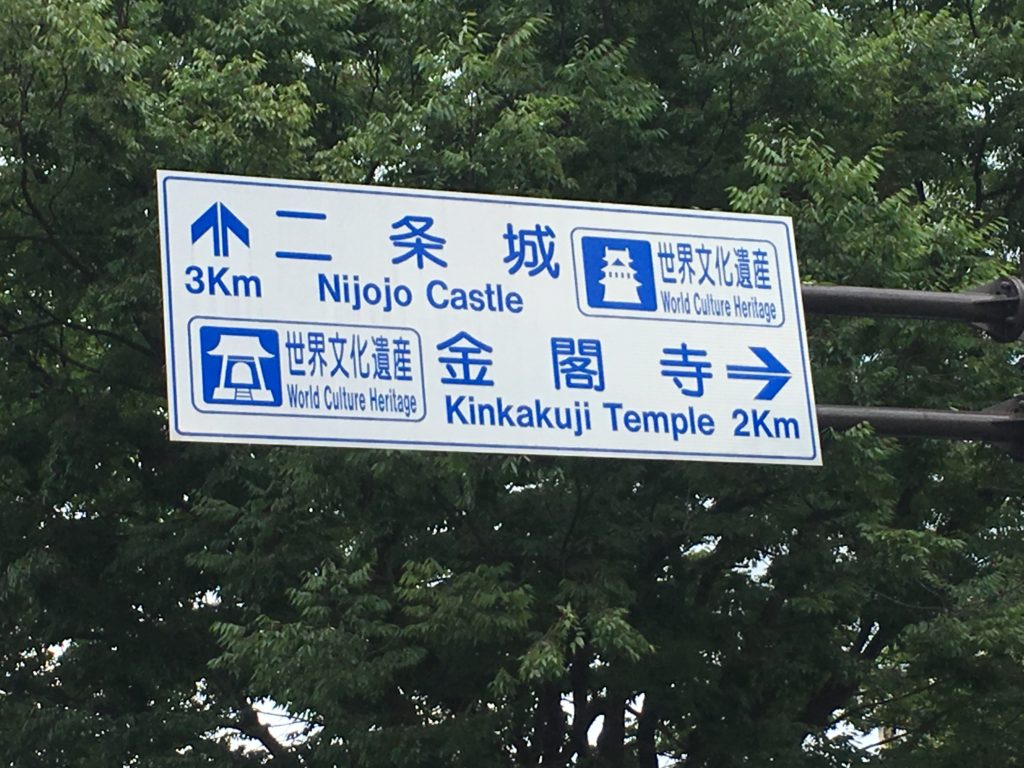
I’ve redefined my “here.” My Kyoto is this beautiful place all around me—all except for the thatch of bristles that is my immediate neighborhood. If I never fit in there, that will be fine. It’s just a short walk to the river.
Read Part I of this article, here.












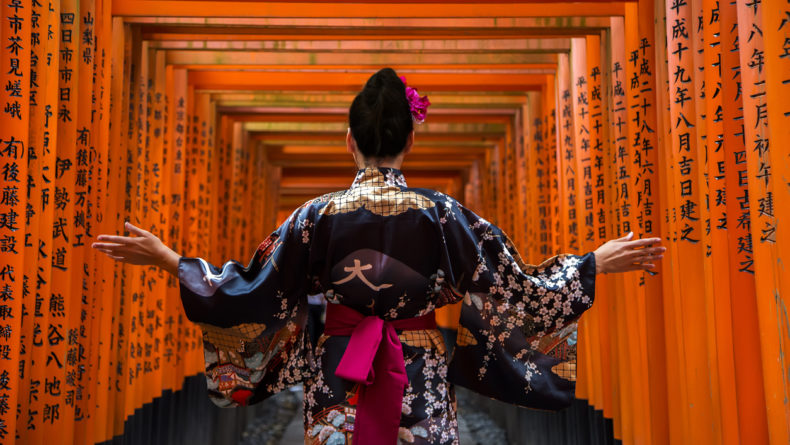

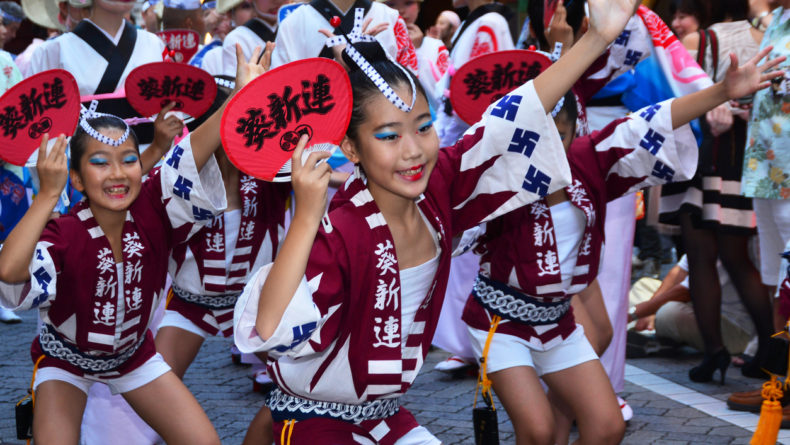
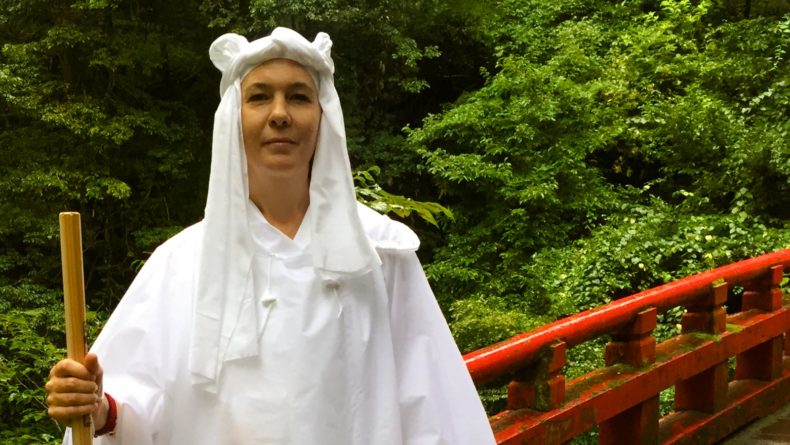
Leave a Reply